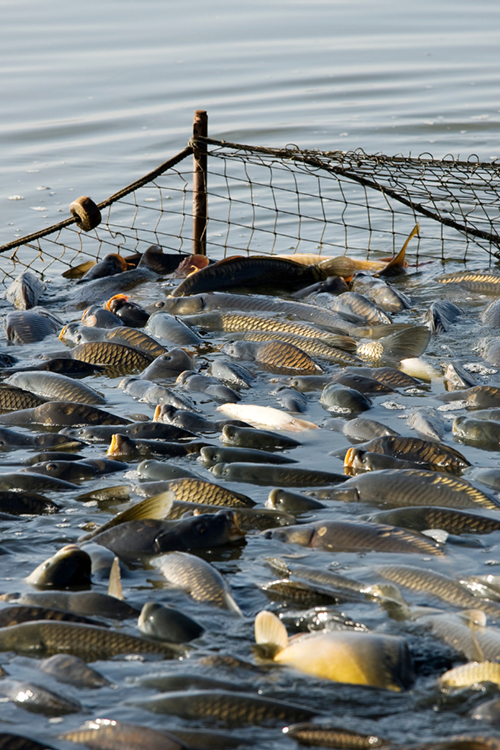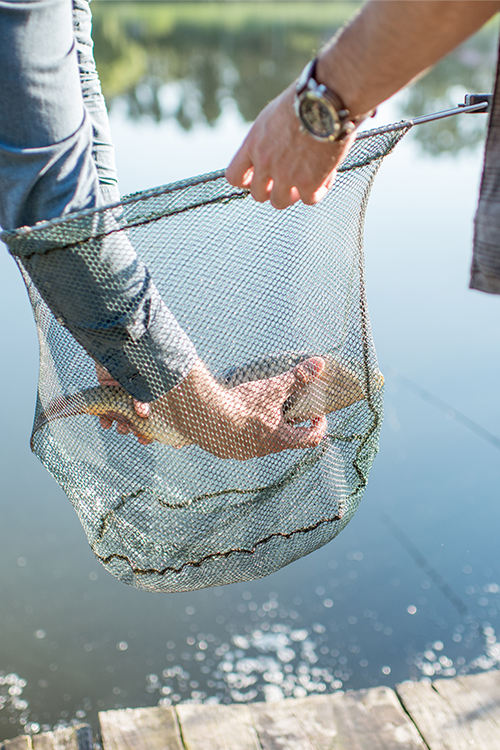Trying to juggle your rod, watch your footing, and land a wriggling brownie or smallie without dropping your fly fishing net is a pain. We've all been there. You finally get the hookup, and now your net is snagged on a bush or bouncing off your knees. That's why understanding how to carry a fly fishing net the right way can make your day on the water a lot smoother.
Keep It Handy, Not In the Way
When you're into fly fishing, your gear should flow with you. That starts with your net. There's more than one way to carry a fly fishing net that doesn't leave it dragging behind.
Let's talk about the classic back carry. Clip your trout net to the back of your fishing vest using a net release or a D-ring. This keeps it up high between your shoulder blades. Some anglers like a magnet attached to that D-ring, making it quick to grab when you're about to land a big fish.
That setup's solid—if you're not bushwhacking through tight trails. Then it might snag. But if you're in open water and chasing wild trout or smallmouths, it's golden.
Try a Net Holster for a Snug Fit
Have you ever heard of a net holster? Think of it like a holster for your landing tool. Slide the net handle in and go. Some mount directly onto your sling pack, holding it securely in place so it doesn't bounce or fall.
The net bag stays behind you, while the handle hanging down by your hip stays convenient to grab. This setup is ideal when you're walking far, hopping rocks, or getting into sketchy spots where things shift really fast.
It's also killer for keeping your hands free when you're taking pictures with your catch. No more fiddling around while your bronze back or trout wriggles free.
Pack It on a Sling Pack or Chest Pack
A good chest pack or sling pack makes carrying your net easy. Many come with built-in d rings right where you need them. Some even have loops for long-handled nets, which are great when you're targeting big fish.


